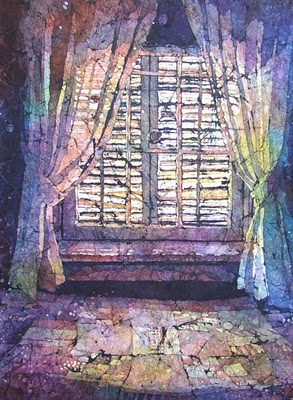
 This weekend I simply had to take this painting out of its frame and make some subtle but important changes. The top photo shows the changes.
This weekend I simply had to take this painting out of its frame and make some subtle but important changes. The top photo shows the changes.Changes --- #1 Got rid of that mustard color on it and glazed it with some pale indigo -#2 Eliminated the '+' sign in the small grate on top of it - #3 Integrated the other gold small grate into the grates under it. It was the only full circle, and the edges of it had to be broken. It really helped to clean up that big white grate. #4 Softened the strong, thin, white diagonal at the top right of the painting and lifted some whites out of the fancy grate near it. #5 Added an illusion that the white paint stripe coming from the top left of the painting continued through to the orange grate centered at the bottom of the painting.
That mustardy color on that big grate really seemed to weight down the rest of the painting, but it took me a while to see that that was an issue. Originally, the fancy grate was to have been the focal point, but as I painted, it became evident that the big white grate would be the boss. The white 'T' shape next to the fancy grate became overly important until that mustard color on the big grate was eliminated.
So now it really is FINISHED! (Started over a year ago in my head, then composed in February, painted in most of March, and finished, the first time, in June.) I like that the wording on the grates - about Indianapolis sewer and utility companies - is not noticeable unless you're up close.
The painting's traveling to Indianapolis in a week or so where it will be hung. It will be very hard to part with it, but I will have visiting rights. Right now it's my favorite painting ever. Though it seemed really big when I started it, it only appears medium sized to me now. I must put in an order for a big roll of YUPO to paint on..... wider than 40" for sure.
"AMAZING GRATES" Fluid Acrylics on Heavy Weight YUPO 40 x 26" COLLECTED
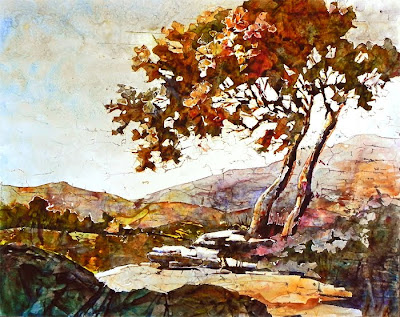





 The second photo with the same lighting source pictures gondoliers up close, perfect for a center of interest in my painting.
The second photo with the same lighting source pictures gondoliers up close, perfect for a center of interest in my painting.  The skyline of both photos could have been more exciting, so one of the beautiful domed buildings from further down the Grand Canal was plopped into the background after it was flipped over to lend similar lighting.
The skyline of both photos could have been more exciting, so one of the beautiful domed buildings from further down the Grand Canal was plopped into the background after it was flipped over to lend similar lighting.  Some of the gondoliers were erased, and the balding head of the gondolier on the left was covered with one of the erased hats. The water line was adjusted to be at the horizontal phi, thereby dividing that length up to be the most pleasing division of space. The dome plus the pole of the gondolier on the left are on the vertical phi of the width of the paper. By the time I'd done all this on Photoshop, I was getting well acquainted with the subject matter, the shapes, the values, and the nuances of the edges of the different shapes. Plus, I was reliving the magic of that ride on that first evening in Venice.
Some of the gondoliers were erased, and the balding head of the gondolier on the left was covered with one of the erased hats. The water line was adjusted to be at the horizontal phi, thereby dividing that length up to be the most pleasing division of space. The dome plus the pole of the gondolier on the left are on the vertical phi of the width of the paper. By the time I'd done all this on Photoshop, I was getting well acquainted with the subject matter, the shapes, the values, and the nuances of the edges of the different shapes. Plus, I was reliving the magic of that ride on that first evening in Venice.






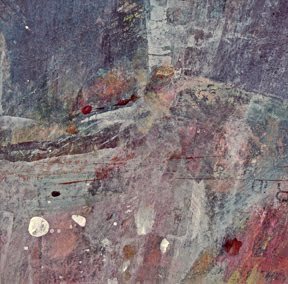
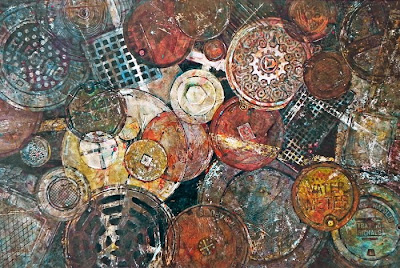


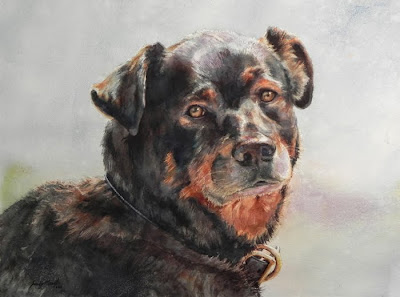






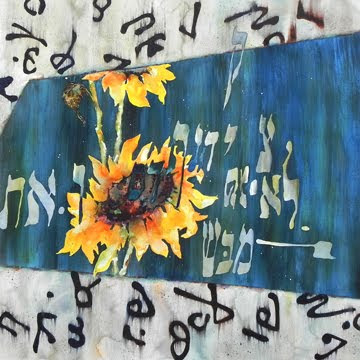


.jpg) Everyone went home with tons of notes and exciting possibilities to explore. It was a great workshop. Thanks goes to all who were here for helping make this workshop a wonderful success.
Everyone went home with tons of notes and exciting possibilities to explore. It was a great workshop. Thanks goes to all who were here for helping make this workshop a wonderful success. 





